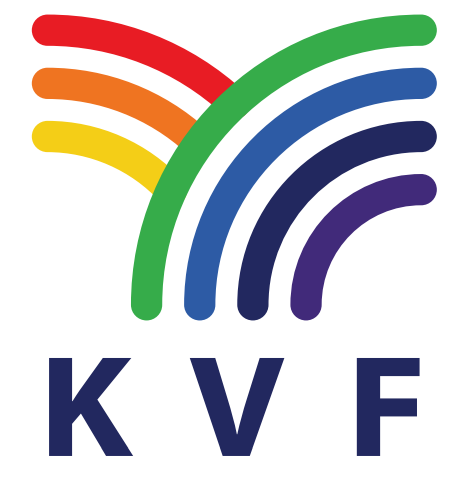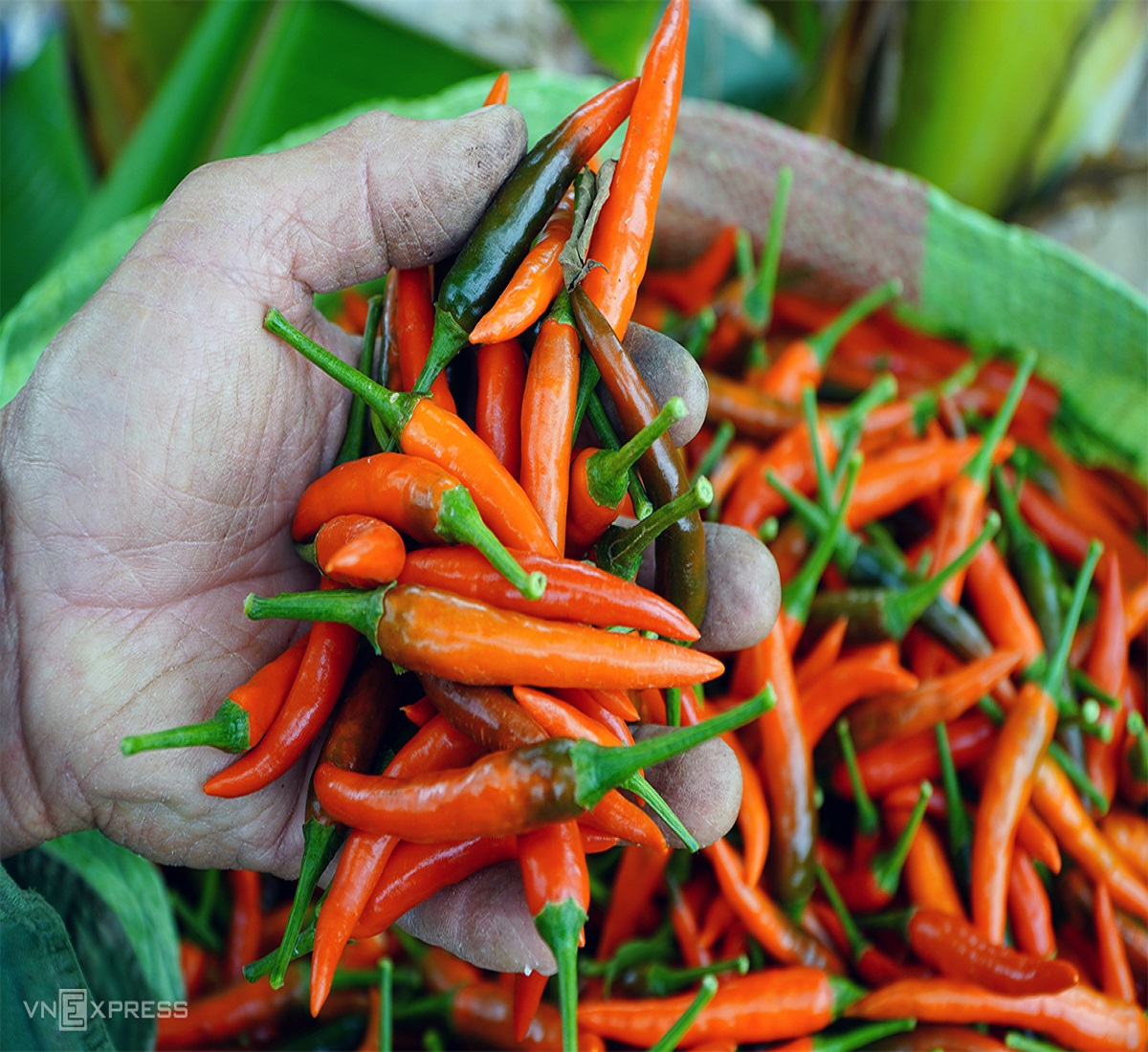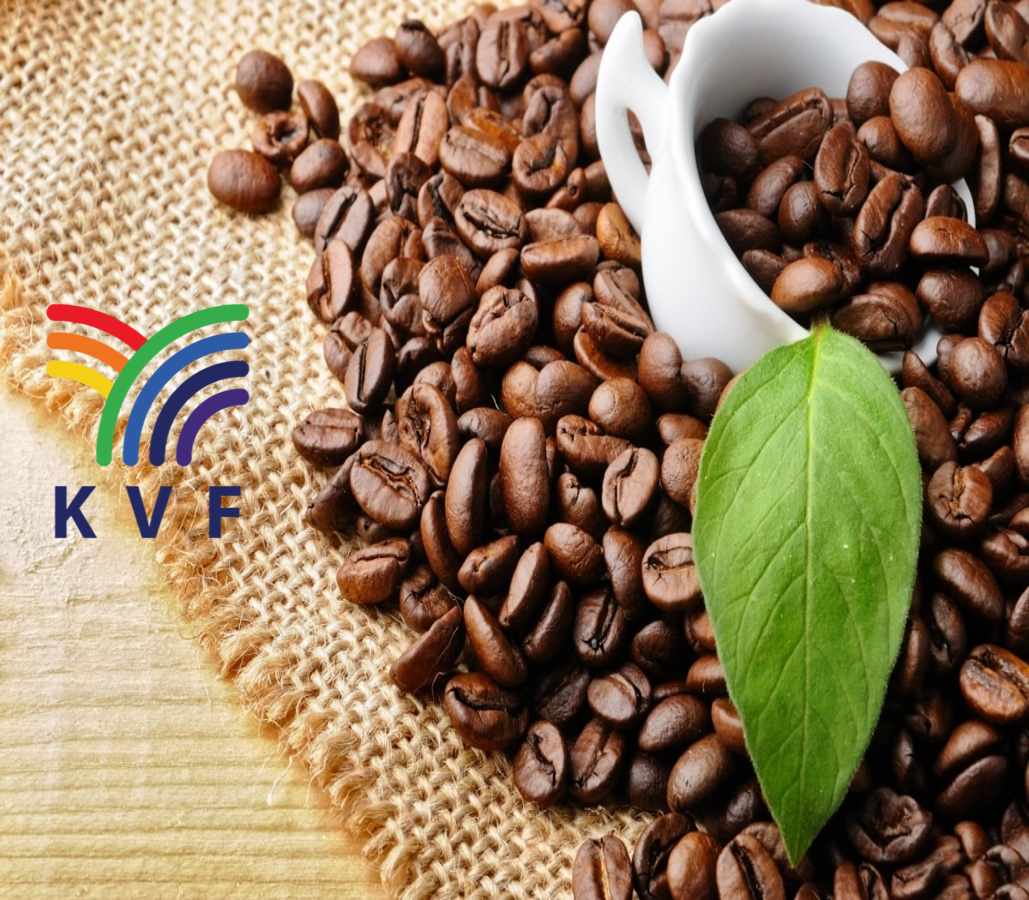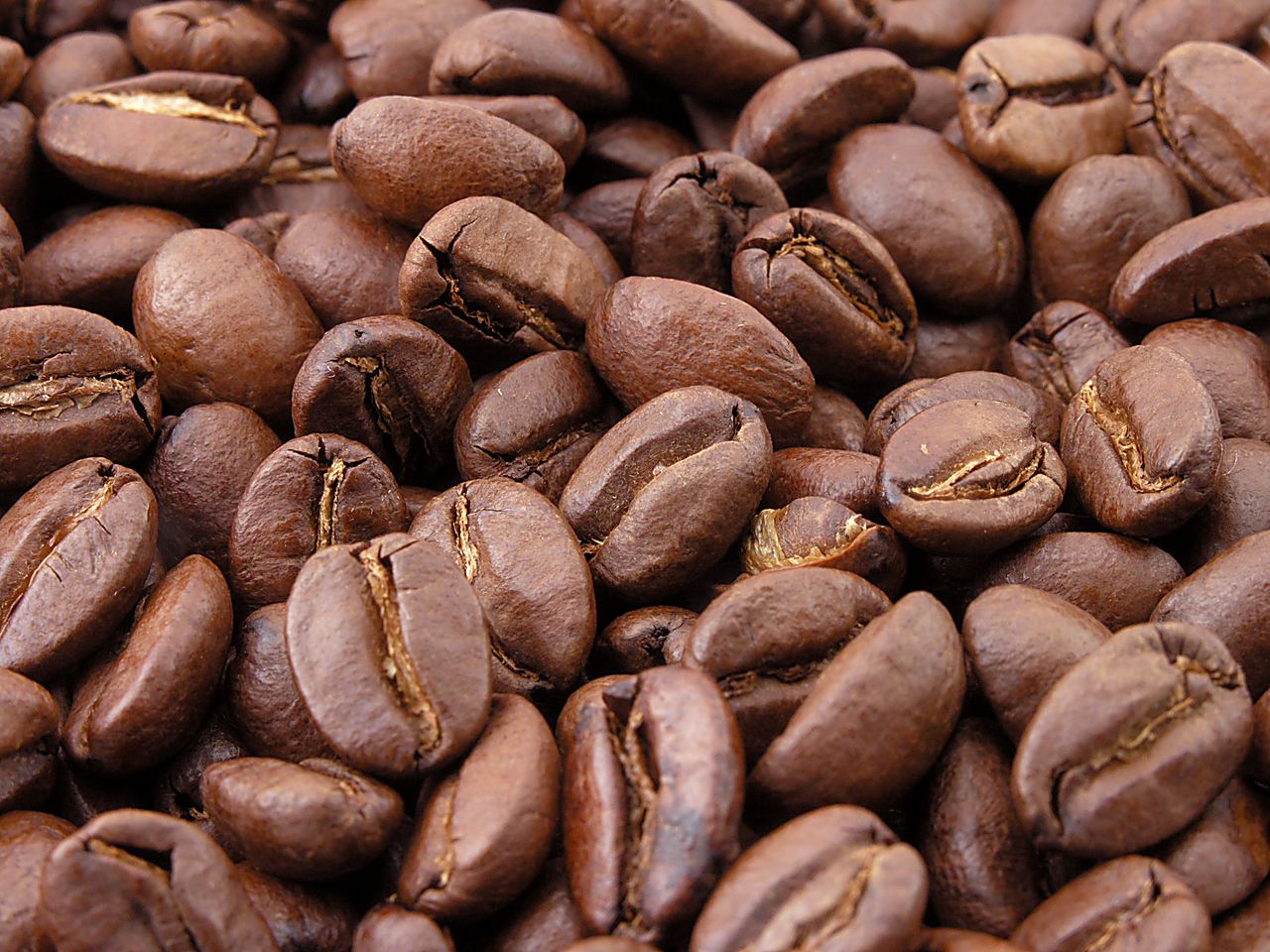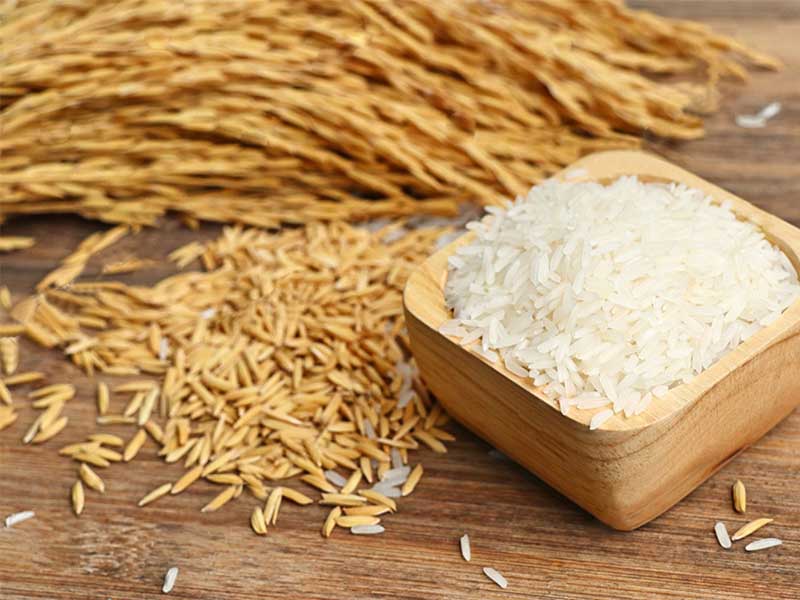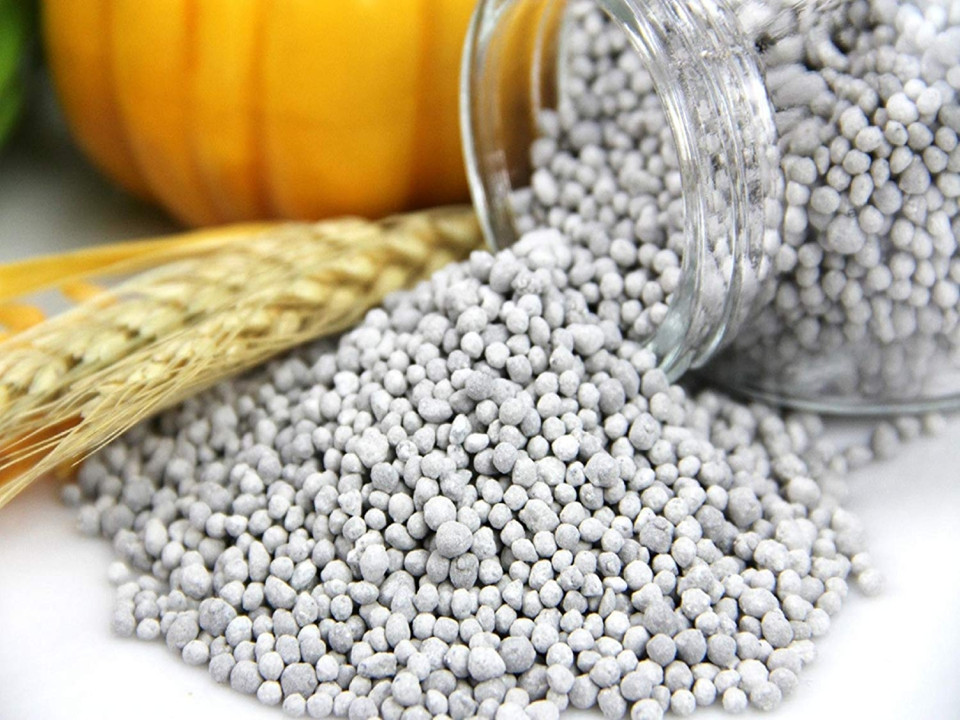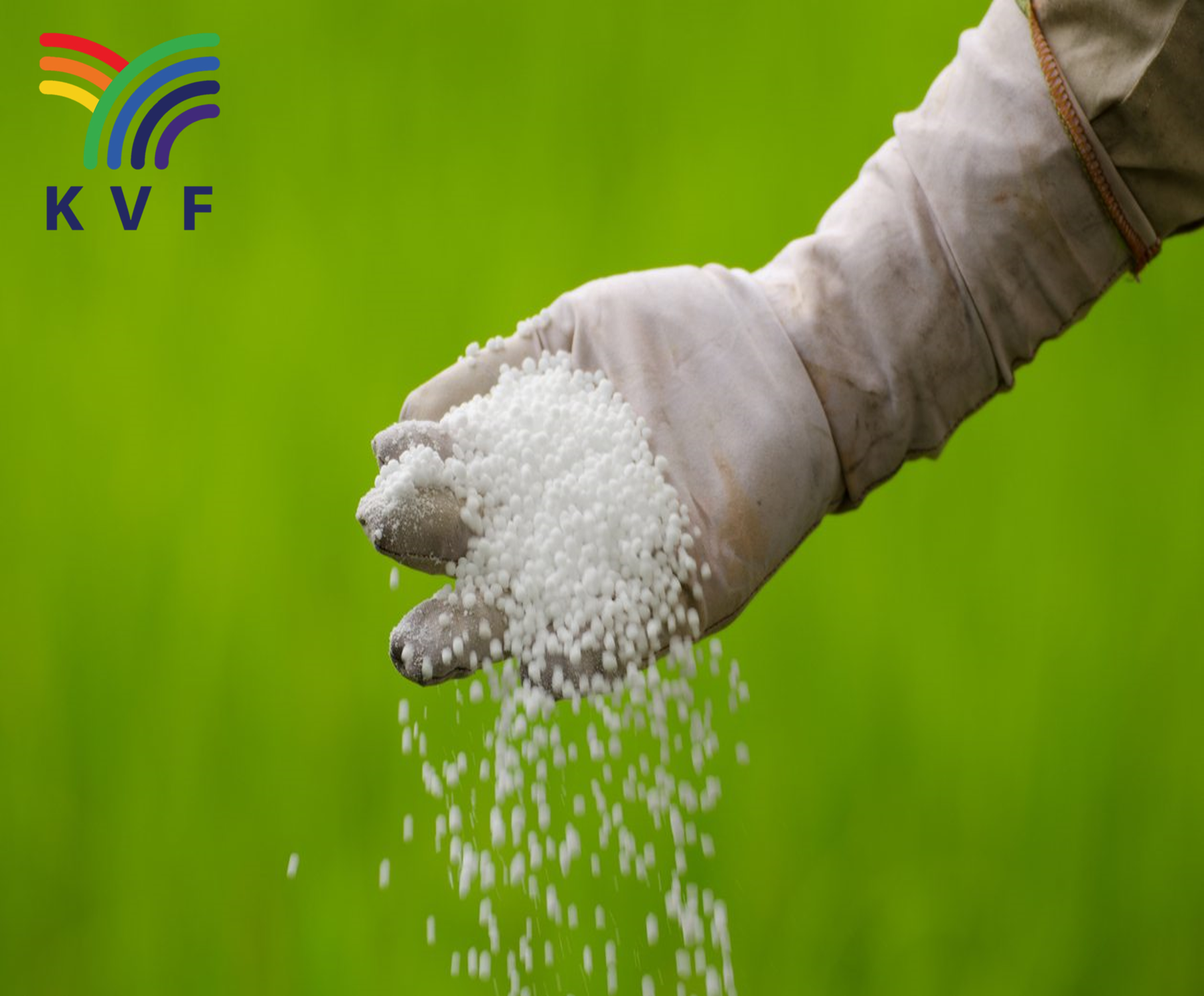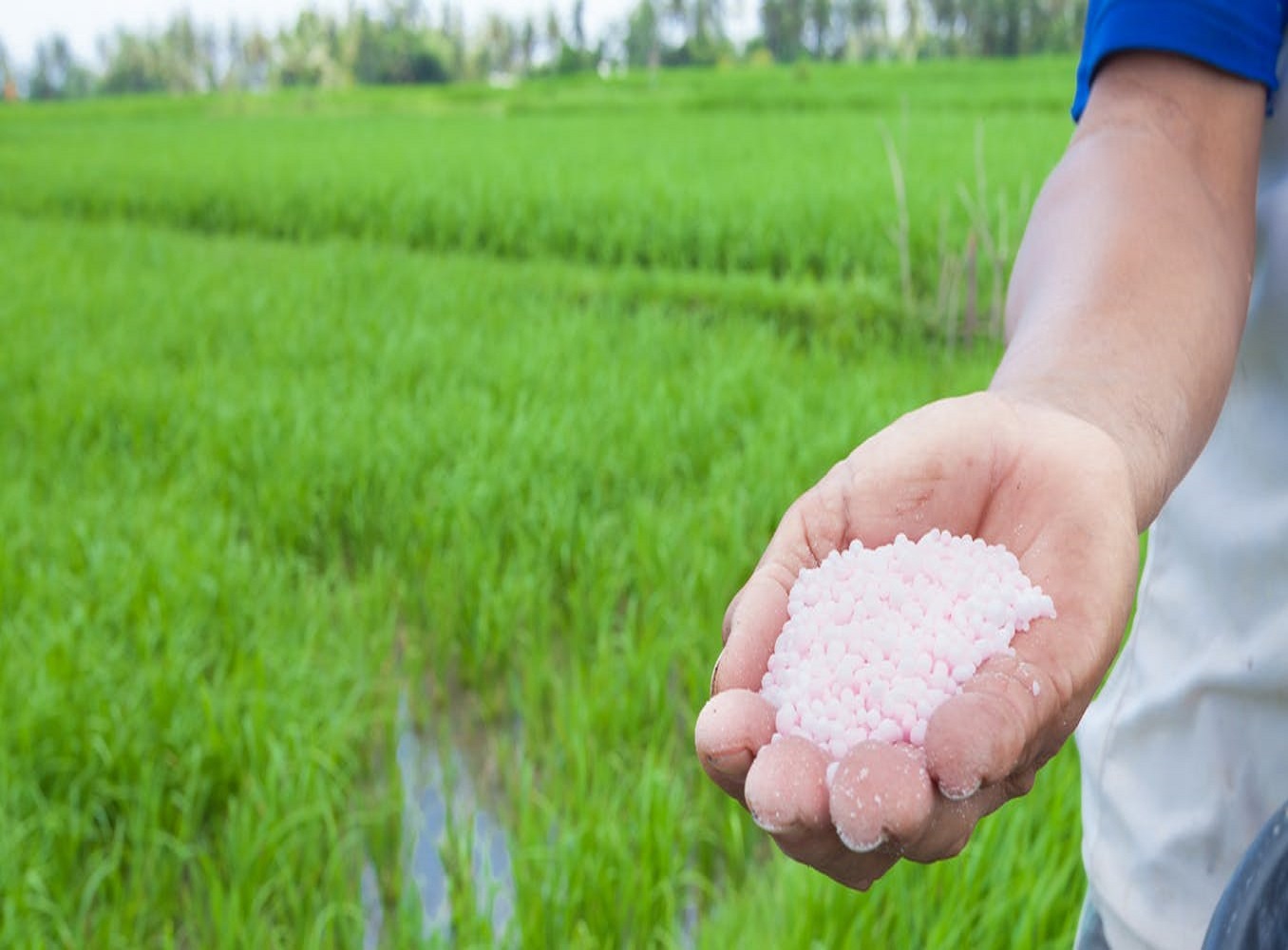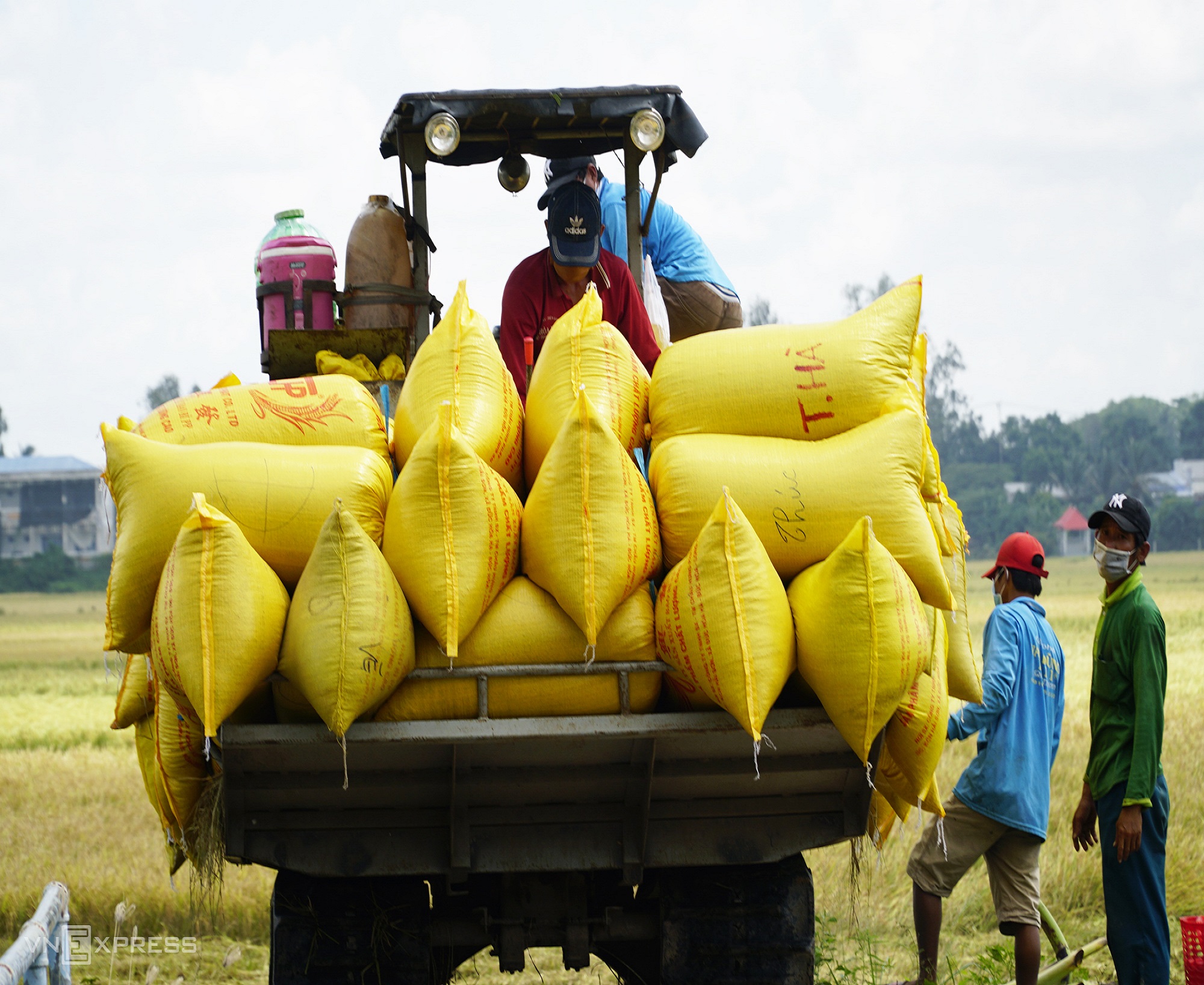According to the Industry and Trade Information Center - VITIC (Ministry of Industry and Trade), in the last week of April, the average price of DAP fertilizer was 629 USD/ton, MAP 703 USD/ton and potassium 433 USD/ton, an increase. about 1% of that one month.
At the same time, the price of urea at USD 513/ton and mixed fertilizer 10-34-0, at USD 613/ton, both increased 2%; the average retail price of UAN28 increased by 3% to 350 USD/ton; Anhydrous and UAN32 both increased by 4%, at USD 710/ton and USD 391/ton, respectively.

According to the Industry and Trade Information Center - VITIC (Ministry of Industry and Trade), in the last week of April, the average price of DAP fertilizer was 629 USD/ton, MAP 703 USD/ton and potassium 433 USD/ton, an increase. about 1% of that one month.
At the same time, the price of urea at USD 513/ton and mixed fertilizer 10-34-0, at USD 613/ton, both increased 2%; the average retail price of UAN28 increased by 3% to 350 USD/ton; Anhydrous and UAN32 both increased by 4%, at USD 710/ton and USD 391/ton, respectively.
Thus, compared to the same period last year, the current price of potash is 17% higher, 10-34-0 compound fertilizer is 31% higher, urea is 33% higher, UAN32 is 40% higher, anhydrous is 44% higher, UAN28 is 48% higher, DAP is 52% higher and MAP is 62% higher.
Previously, in the first quarter of 2021, the international fertilizer price index increased by 24%, led by phosphate and urea due to strong demand and rising raw material costs; Potassium prices rose less due to ample supply. Due to the rapid increase in prices over the past several months, the retail prices of all fertilizers are now higher than they were a year ago.
In the first quarter of 2021, the world price of DAP increased by more than 34%, TSP increased by 38%, urea price increased by nearly 30% ... The main reason is strong demand while supply is not enough because of the pandemic. Covid-19 hindered the operation of factories as well as the transportation process. Due to the Covid-19 epidemic, the serious shortage of empty containers pushed up sea freight rates, many sea routes increased by more than 100%, which is also a reason for the increase in global fertilizer prices.
In addition, the increase in energy prices, the price of fertilizer production materials such as ammonia and sulfur, etc. also contributed to pushing up world fertilizer prices to a high level. Prices of petroleum raw materials, chemicals, inputs of the fertilizer industry in the world, have increased by 30-40% over the past time, so they have a direct impact on urea, DAP, SA, sulfur... In particular, gas prices have increased since the beginning of 2021 due to unusually cold weather, pushing spot prices of liquefied natural gas (LNG) in Asia, Europe and the Western United States to record highs.
China, the world's largest fertilizer production and consumption market, recently faced a coal and gas crisis, which indirectly affected the fertilizer industry, reducing supply. Prices of anthracite and bitumen coal, the main raw materials for urea production in China, have increased sharply recently. That situation caused the Chinese government to limit fertilizer exports to prioritize domestic crops, so the world fertilizer supply was in short supply.
In the first months of this year, the markets with the strongest increase in fertilizer demand are the economies with the largest agricultural sectors in the world, such as Europe, the US, Brazil and some Asian countries. Information from Mosaic, shows that the recovery of the world economy has led to an increase in the demand for crop products in most areas, making farmers not only expand their crop areas but also increase investment in care. plants, increasing the need for fertilizers. The economic stimulus programs of the governments of other countries are also a factor pushing up fertilizer prices.
Also according to VITIC, it is also worth noting that China's demand for animal feed is increasing very quickly as the country restores its pig herd after African swine fever, which also increases the demand for production of feed ingredients. not only in China but also in many other countries. This also contributes significantly to increasing fertilizer demand globally, causing fertilizer prices to increase sharply.
According to the General Department of Customs, in the first quarter, fertilizer imports to Vietnam reached 986 thousand tons, equivalent to the first quarter of 2020, but the average price of imported fertilizers increased by 7.3% (average 267.5 USD). /ton). In which, fertilizer imported from China is 467,841 tons, worth USD 123.44 million. Fertilizer prices imported from China in the first quarter increased by 12.7% over the same period last year.
Source: Son Trang, Agriculture Newspaper/ nongnghiep.vn
